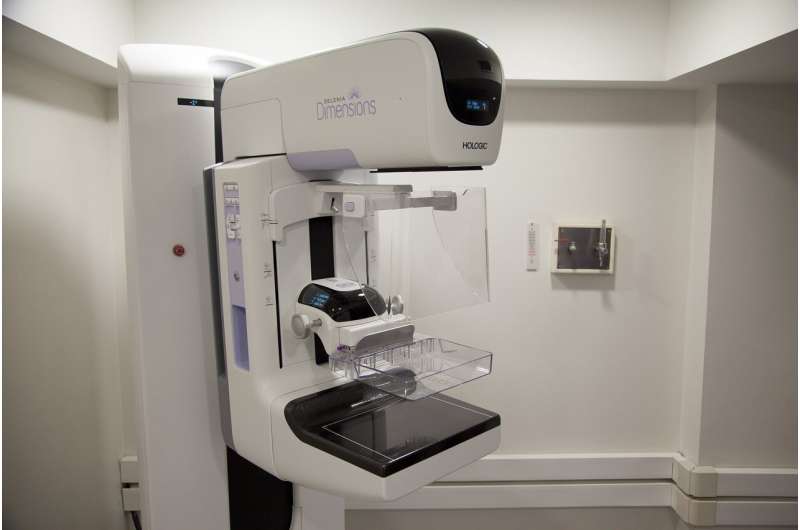Gene Fusions and Their Role in Kidney Cancer Development Through Condensate Formation

Research uncovers how gene fusions in kidney cancer promote tumor growth through the formation of biomolecular condensates that hijack gene transcription processes, offering new therapeutic targets.
Recent research from UT Southwestern Medical Center has shed light on how gene fusion mutations drive certain types of kidney cancer by creating abnormal biomolecular condensates that manipulate gene transcription processes. This groundbreaking study, published in the journal Cell, reveals that oncofusion proteins—products of chromosomal translocations—have an enhanced ability to form these condensates within cell nuclei, which in turn alters gene expression patterns and promotes malignancy.
In particular, the study focused on translocations involving the gene for the transcription factor TFE3, commonly fused with other genes such as PRCC, ASPL, or SFPQ in a type of kidney cancer called translocation renal cell carcinoma (tRCC). These fusions are especially prevalent in young patients and account for about 4% of adult kidney cancers. Researchers found that these fusion proteins exhibit a unique propensity to form dynamic condensates, which are compartmentalized networks of proteins and nucleic acids within cells. These structures are known to regulate gene activity efficiently.
The team utilized specialized staining techniques and biochemical experiments to observe that the fusion proteins could recruit key regulators of transcription, notably RNA polymerase II, the enzyme responsible for copying DNA into RNA. The RNA polymerase II's recruitment appears to be driven by specific amino acid compositions in the fusion proteins, which differ from the wild-type TFE3. Modifying these amino acid sequences confirmed their critical role in condensate formation and in capturing the transcription machinery.
Cells harboring mutated TFE3 with increased amino acids that favor condensate formation displayed heightened malignant behaviors, such as increased proliferation and invasiveness. These findings suggest that the fusion proteins promote cancer progression by creating a favorable environment for overactive gene transcription.
Strikingly, the study uncovered that this mechanism of condensate formation and RNA polymerase II recruitment is not unique to TFE3 fusions. By analyzing other oncofusion mutations across various cancers, researchers observed similar transformations, implying a shared molecular pathway that could be exploited for targeted therapies. Disrupting these interactions may pave the way for novel treatments for kidney cancer and potentially other cancers driven by similar fusion proteins.
This discovery highlights a promising avenue for cancer research, focusing on how abnormal protein interactions within condensates influence gene regulation and malignancy. Future work is expected to develop strategies to interfere with these condensate formations and transcriptional hijacking, offering hope for improved therapeutic options.
For more information, see: Heankel Lyons et al, RNA polymerase II partitioning is a shared feature of diverse oncofusion condensates, Cell (2025). DOI: 10.1016/j.cell.2025.04.002
Stay Updated with Mia's Feed
Get the latest health & wellness insights delivered straight to your inbox.
Related Articles
Artificial Intelligence Enhances Early Detection of Breast Tumors in Screening Programs
Artificial intelligence improves early detection of breast tumors in screening programs, surpassing traditional radiologist reviews and promising better patient outcomes.
Blood-Based Screening Demonstrates Promising Accuracy for Detecting Colorectal Cancer
A new study demonstrates that blood-based tests offer acceptable accuracy for colorectal cancer detection, although improvements are needed to identify precancerous lesions effectively.
Scientists Discover Natural Compounds That Boost Brain Cell Cleanup and Potentially Combat Alzheimer's
A groundbreaking study reveals how natural compounds like vitamin B3 and green tea antioxidants can rejuvenate aging neurons, improve energy metabolism, and enhance the brain's ability to clear harmful proteins linked to Alzheimer's disease.
Rise in Pediatric Mycoplasma pneumoniae Infections in 2024
A significant increase in pediatric Mycoplasma pneumoniae infections was observed in 2024, with higher hospitalization rates among children, highlighting the importance of vigilant surveillance and public health preparedness.



